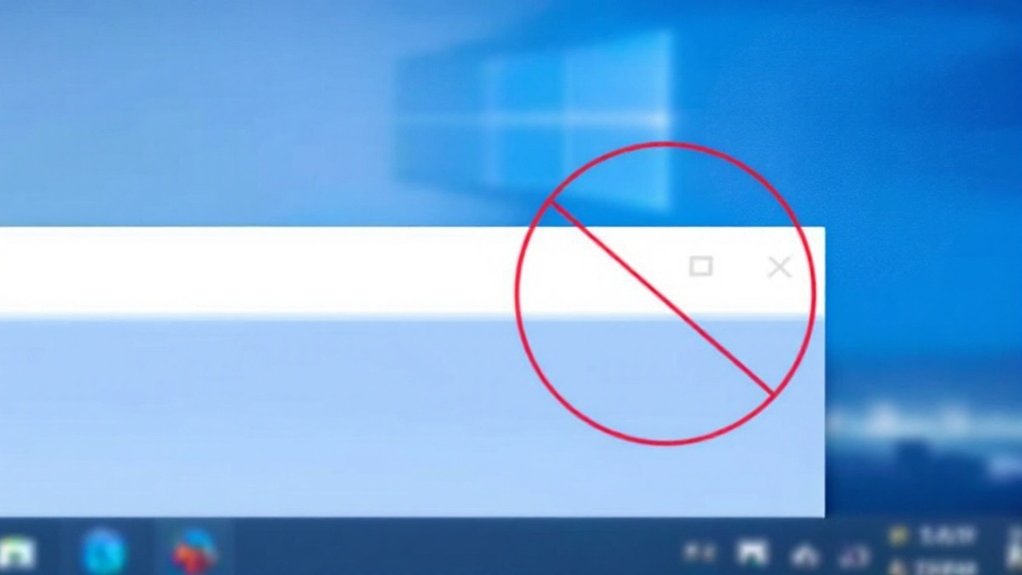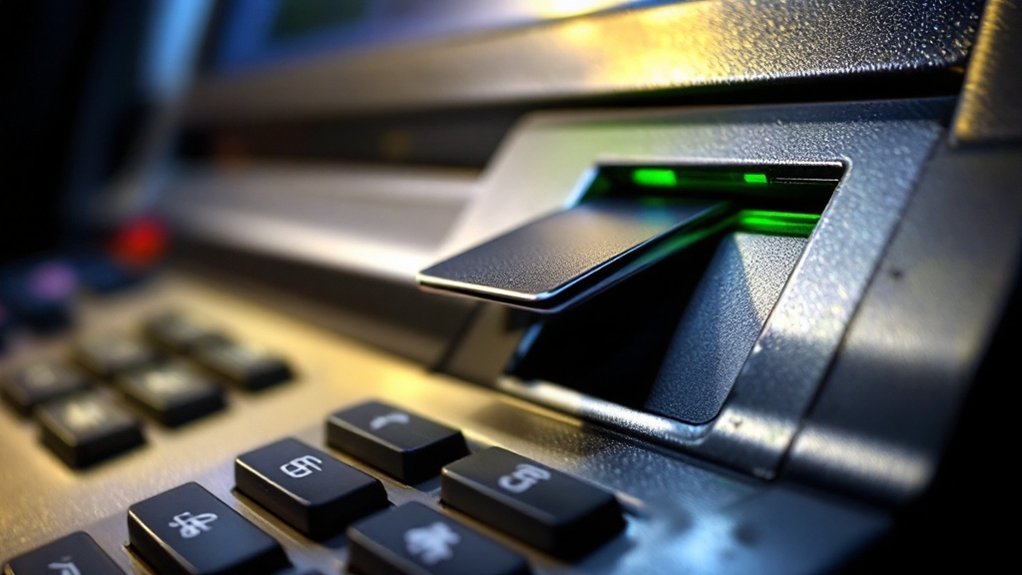1Password is a thorough password management solution that employs AES-256 encryption and zero-knowledge architecture to protect digital credentials across multiple platforms. The service safeguards user data through two-secret key derivation, secure remote password protocols, and continuous security monitoring via its Watchtower feature. With 1GB of encrypted storage, cross-platform compatibility, and business-grade security features, 1Password simplifies credential management as well as defending against cyber threats. The platform’s extensive security infrastructure reveals multiple layers of protection for users seeking strong digital security.

Security in the digital age demands strong password management, and 1Password has emerged as a leading solution for protecting sensitive online credentials. The platform utilizes AES-256 encryption and a zero-knowledge architecture to safeguard users’ login information, credit card details, and important documents across multiple devices and browsers. Through its implementation of two-secret key derivation and the Secure Remote Password protocol, 1Password guarantees that only authorized users can access their stored data. Users need only remember their single Master Password to unlock their entire vault of credentials.
The service operates across major operating systems including Windows, macOS, Linux, iOS, and Android, offering seamless synchronization through dedicated applications and browser extensions. Users benefit from automated password generation and form-filling capabilities, as the platform’s Watchtower feature actively monitors for compromised credentials and potential security vulnerabilities. The platform’s sandboxed background processing eliminates potential browser-based attacks on user data. The auto-fill feature helps protect users against sophisticated phishing attempts while providing convenient access to stored credentials. The system supports modern authentication methods, including passkeys and biometric verification, adapting to evolving security standards.
1Password’s sophisticated security measures extend beyond basic password management. The platform incorporates travel mode functionality, which conceals sensitive information during border crossings, and implements automatic clipboard clearing to prevent unauthorized access to copied data. With 1GB of encrypted storage for individual and family plans, users can securely store and share sensitive documents while maintaining strict access controls.
For business environments, 1Password offers improved capabilities including custom security policies, administrative oversight, and integration with identity providers. The platform’s SOC 2 certification and regular security audits demonstrate its commitment to maintaining strong security standards for enterprise users. The service facilitates secure password sharing among team members while providing detailed activity monitoring through an administrative dashboard.
The platform’s all-encompassing approach to digital security addresses the growing challenges of online threats as it simplifies the user experience. By centralizing credential management and implementing advanced security protocols, 1Password helps users maintain strong, unique passwords across their digital presence. The service’s continuous security monitoring and automated password health checks provide users with actionable insights to maintain ideal account protection.
Frequently Asked Questions
Can I Share My 1password Account With Family Members?
1Password Families allows password sharing among up to five family members under a single subscription.
Users can share sensitive information through a family vault while maintaining individual private vaults for personal data.
Family organizers control account access, create custom vaults for selective sharing, and manage guest accounts for limited access.
The service permits secure password sharing through unique links with expiration dates and recipient restrictions.
How Much Storage Space Do I Get With 1password?
Storage allocation in 1Password varies by account type.
Personal, Family, and Team accounts receive 1GB of document storage per person, whereas Business accounts provide 5GB per user.
Enterprise accounts may have customizable storage options.
The storage limit applies particularly to attachments and document items, with standard items like passwords and login details not counting towards the quota.
Users can store various file types, including scanned documents and sensitive materials.
Does 1password Work Offline When There’s No Internet Connection?
1Password offers offline functionality when biometric unlock is activated, allowing access to encrypted data stored locally on devices for up to 30 days without re-authentication.
The service supports Touch ID, Face ID, and Windows Hello for offline authentication, though browser extensions do not work offline.
During offline use, users can view and edit items, but changes won’t sync until internet connectivity is restored, and some features remain unavailable.
Can I Transfer My Passwords From Another Password Manager to 1password?
1Password provides multiple methods for transferring passwords from other password managers. Users can directly import data from popular browsers like Chrome, Firefox, and Safari, whereas dedicated import tools handle transfers from LastPass, Dashlane, KeePass, RoboForm, and Bitwarden.
The process typically involves exporting data as CSV files or compatible formats from the original password manager, then importing through either the 1Password desktop application or website. After importing, users should verify data accuracy and delete unencrypted export files.
What Happens to My Passwords if I Forget My Master Password?
If a user forgets their 1Password master password, they cannot decrypt their stored data, though local data remains accessible without syncing capability.
Web access continues with the account password, whereas biometric and system authentication provide temporary access.
Recovery options include using previously generated recovery codes, requesting help from family organizers/team admins, or accessing the Emergency Kit containing the master password.
Creating a new account and transferring data serves as a last resort.









